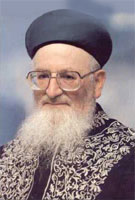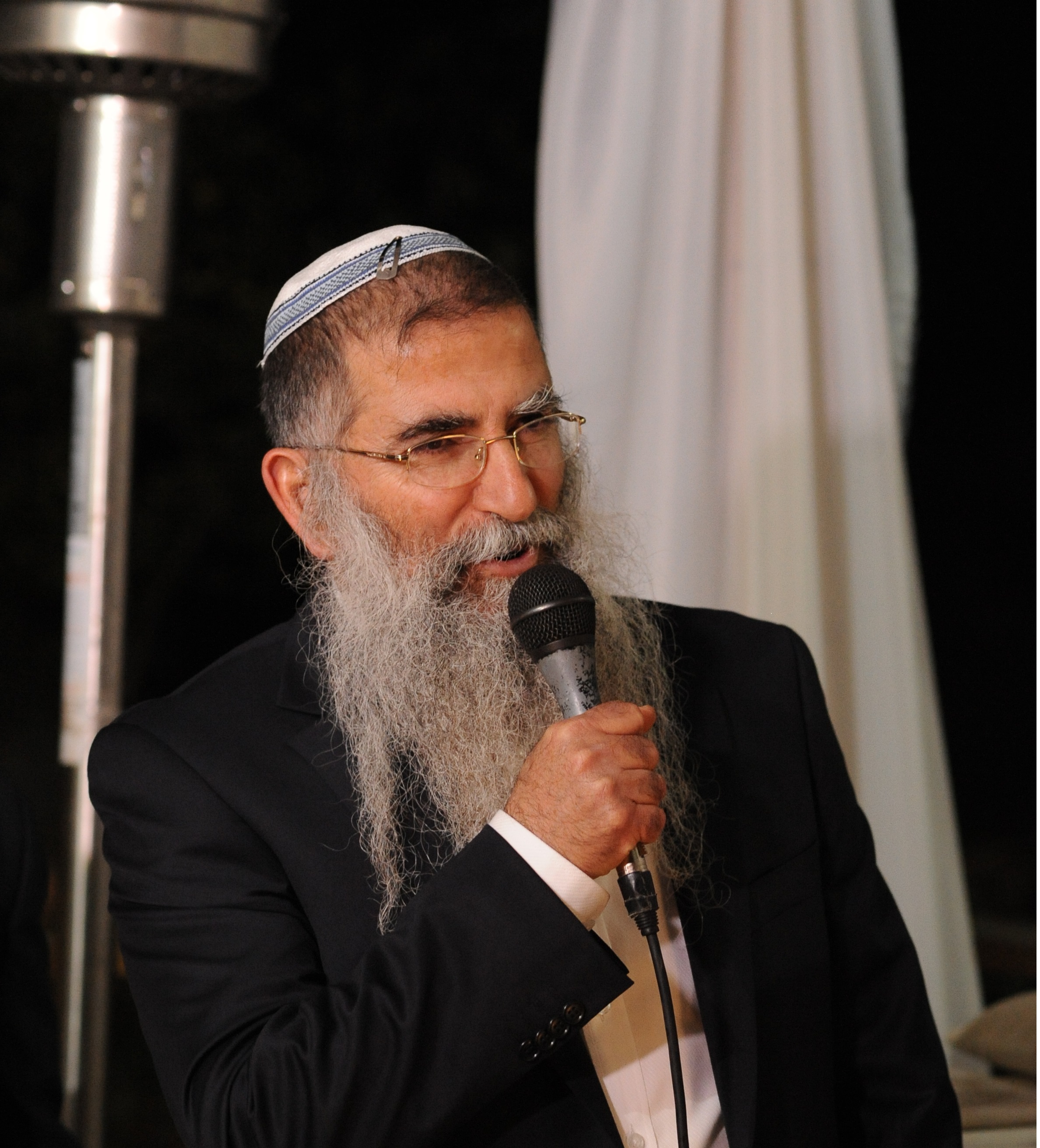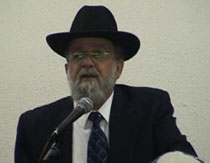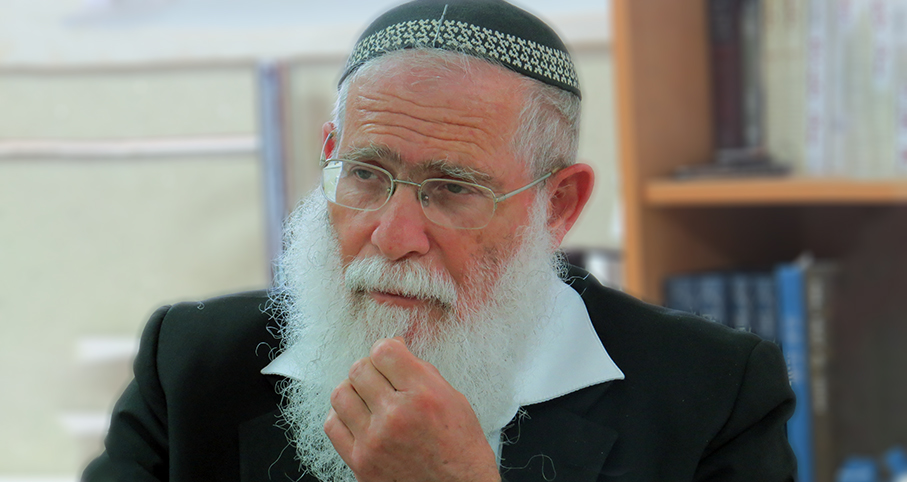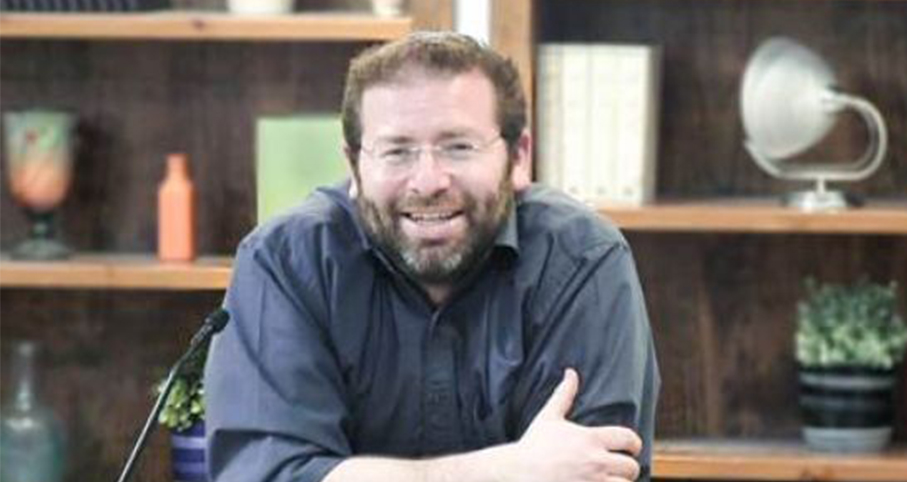Beit Midrash
- Sections
- Chemdat Yamim
- Parashat Hashavua
- Torah Portion and Tanach
- D'varim
- Ki Tavo
We will now survey the various donations from the produce, according to year, to understand what tithes we may be referring to. The ma’aser cycle spans seven years, except that during the final year, Shemitta, there are no donations. During all six years, teruma is given to the kohen and is sacred, and the "first ma’aser" goes to the Levite – it is not holy and can be eaten by anyone to whom a Levite gives permission. During years 1, 2, 4, & 5, there is a "second ma’aser" – it is not actually given but is eaten by the farmer’s family inside the walls of Yerushalayim in a state of purity. During years 3 & 6, the second ma’aser is replaced by ma’aser ani – given to the needy (e.g., the aforementioned convert, orphan, and widow). The recipients can eat it anywhere and with anyone. Additionally, fruit that grows in a tree’s first three years is orla and cannot be eaten. In the tree’s fourth year, the fruit is called neta r’vai and it can be eaten only in Yerushalayim in a state of purity – like ma’aser sheni.
Returning to our p’sukim, it is puzzling that the Torah calls the ma’aser by the description kodesh, when ma’aser is, halachically, chulin (mundane). The mishna (Ma’aser Sheni 5:10) explains that "kodesh" refers to ma’aser sheni and neta r’vai, which have a special status and restrictions. Indeed, we find the word kodesh used explicitly in the Torah portion dealing with neta r’vai (Vayikra 19:24). The textual problem this identification raises in our parasha is that neta r’vai is not a tithe (it applies to all produce of that tree during that year). Also, neta r’vai and ma’aser sheni are not given to the people the pasuk lists.
The tosefta posits that kodesh in our pasuk refers to challa. Indeed, challa is kodesh; however, it is eaten only by kohanim, not those mentioned in the pasuk. Similar difficulties exist for Rabbeinu Bachyei, who claims the pasuk is talking about teruma, which is also given to kohanim.
After begging forgiveness of all of the above, we suggest the following possibility. One of the manifestations of kedusha in the world is Eretz Yisrael (see mishna, Keilim 1:6). For that reason, the sanctity of land-based mitzvot is tied to what grows here. Am Yisrael is also a sacred nation (see Devarim 7:6). Ma’aser is an "instrument" to create a just society, which unifies and connects various parts of the nation. It ensures a livelihood for educators (i.e., Levites), who dedicate their lives for society’s spiritual welfare. Ma’aser ani is for the poor, to ensure those who have not succeeded in supporting themselves by themselves can also live in dignity. These goals are part of avodat hakodesh (serving goals of sanctity), which turn the Jewish people into a holy nation. It is on these grounds that the donations that go to the Levites and the needy can be called kodesh. May we succeed in having our efforts for unity and justice find expression in sanctity.

Parashat Hashavua: What’s in the Name of Noach?
Rabbi Yossef Carmel | Cheshvan 5786

“You Shall Do for Me a Sanctuary... Tabernacle”
Rabbi Yossef Carmel | 28 Shvat 5768

Parashat Hashavua: Divinely Ordained Sibling Deceit
Rabbi Yossef Carmel | Cheshvan 5786

















